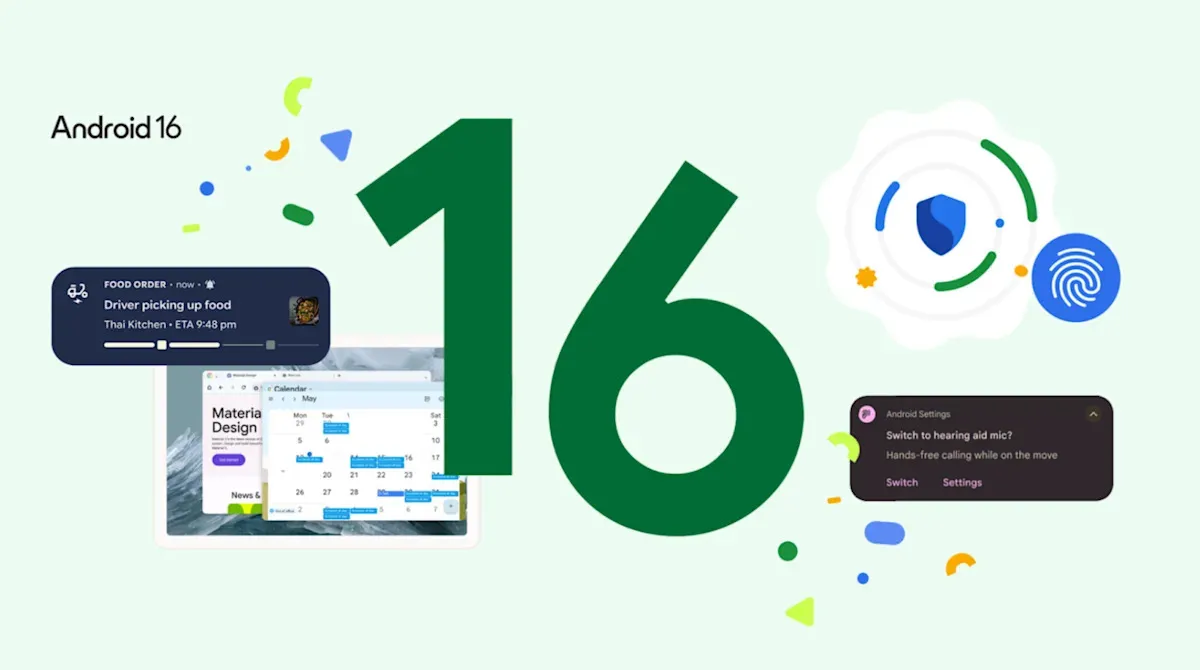
Google has officially rolled out Android 16 to the public, making it available for a variety of compatible handsets. In the coming months, new devices will come preloaded with this latest operating system. As is customary, the initial rollout is primarily focused on Google's own Pixel phones.
This update introduces several notable features that enhance user experience significantly. One of the standout features is the introduction of live updates in notifications. This functionality allows users to see real-time progress bars for services like ride-shares and food deliveries directly within the notification panel. This innovation eliminates the need to repeatedly open and close apps to check on the status of deliveries, making it more convenient for users.
Moreover, Android 16 improves notification management by automatically grouping notifications from the same app. This feature is designed to reduce clutter and minimize the number of pings users receive, streamlining the overall notification experience.
Another significant advancement in Android 16 is the support for LE audio hearing aids. This includes a native control option that allows users to switch to the phone's microphone when using these devices. This feature is particularly beneficial for users in noisy environments, as it ensures clearer audio quality.
With user security in mind, Google has integrated all its security features into a single, user-friendly interface. This comprehensive protection shields users from online threats such as harmful apps, unsafe websites, and scam calls—all accessible with just a tap. Notably, this update includes new scam detection features that were initially previewed back in May, further enhancing user safety.
For photography enthusiasts, Android 16 brings a host of new features. These include automatic night mode scene detection, hybrid auto exposure, and more precise color temperature adjustments. The update also improves UltraHDR images with support for HEIC encoding, alongside integration with the advanced Advanced Professional Video (APV) codec.
In addition to the current features, Google is set to introduce desktop windowing to Android. While this feature is not yet available for general users, it is currently being previewed in the Android 16 QPR 3 Beta 2. This enhancement is expected to provide a more versatile multitasking experience on mobile devices.
The Android ecosystem is also receiving valuable updates, including upgraded RCS group chats with custom icons and the ability to mute threads. Additionally, Google Photos now features an AI-enhanced image editor that offers suggested edits, making photo editing more intuitive.
Another exciting addition is the Emoji Kitchen, which is receiving new sticker combinations to enhance user expression. Furthermore, Wear OS devices have gained the ability to pay for transit fares without needing to launch a dedicated app, simplifying the payment process for users on the go.
Lastly, Google has announced details regarding the Pixel Drop for June. This update introduces new features, including a Pixel VIPs widget that displays information about preferred contacts and more expressive captions for videos, enhancing the overall user experience on Pixel devices.
In summary, Android 16 brings a wealth of features and improvements that elevate the user experience, from enhanced notifications to improved security and photography tools. As Google continues to roll out this update, users can look forward to a more streamlined and powerful operating system.